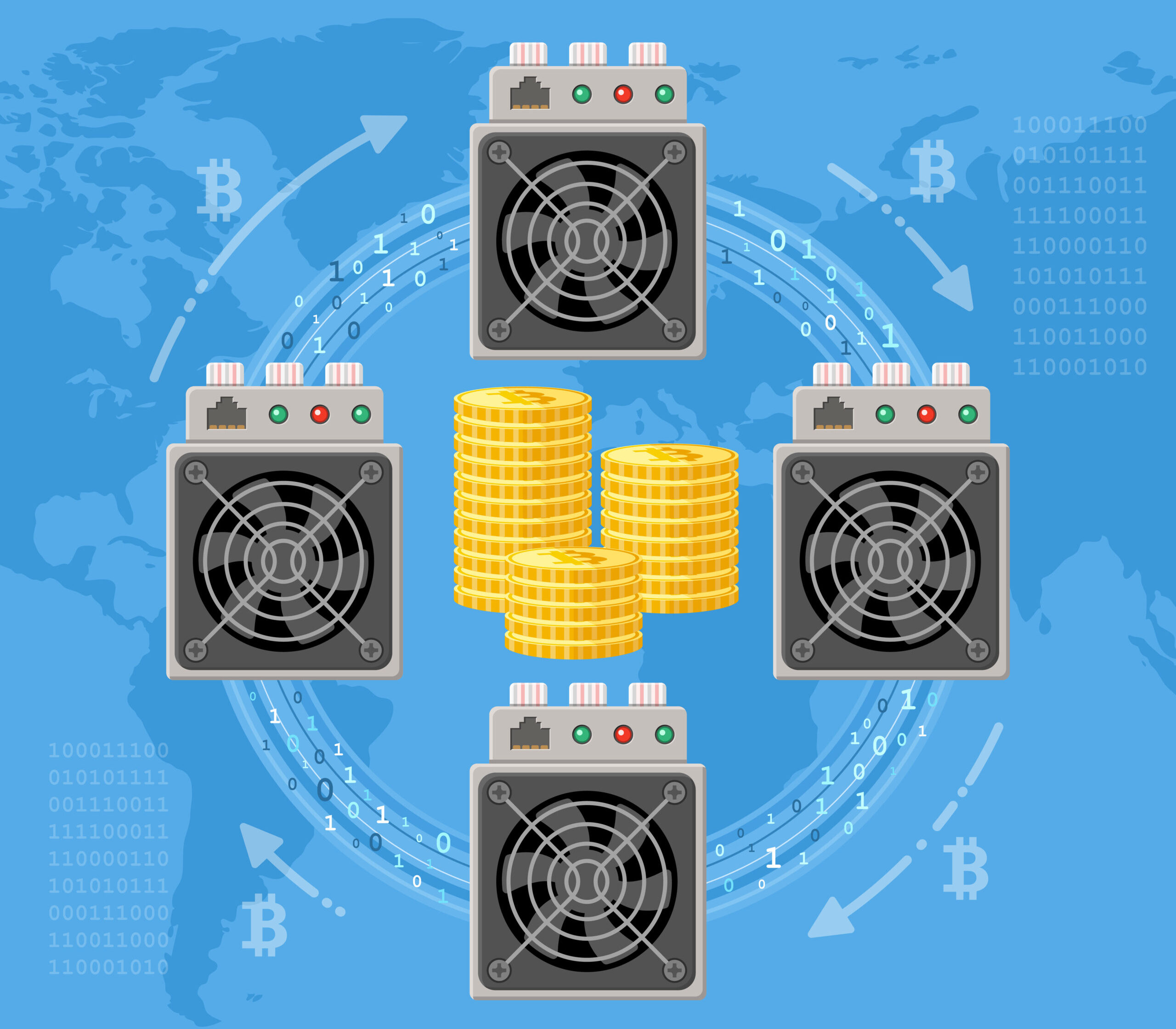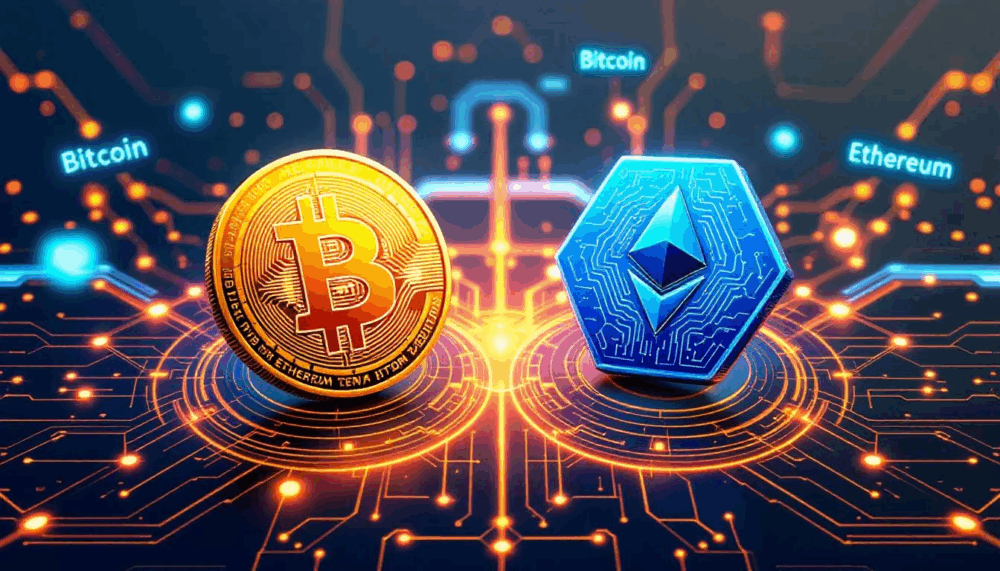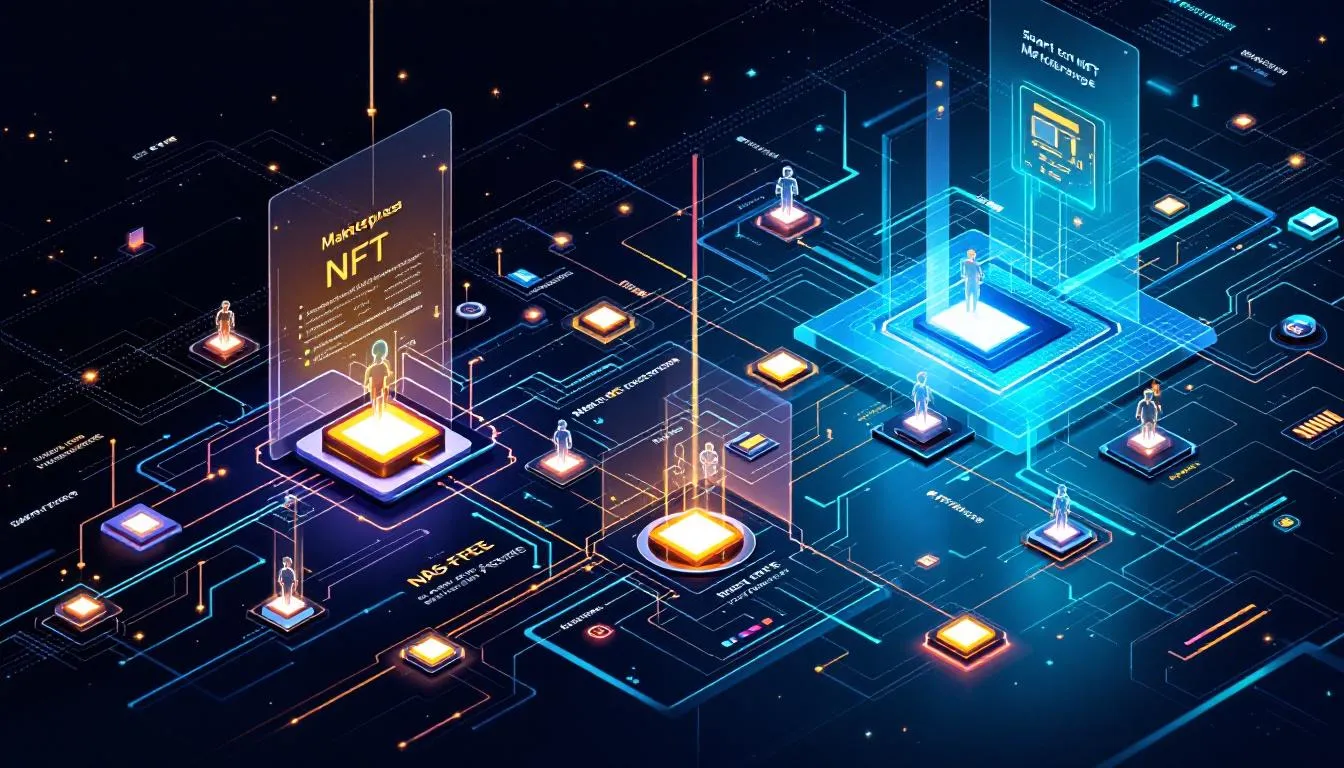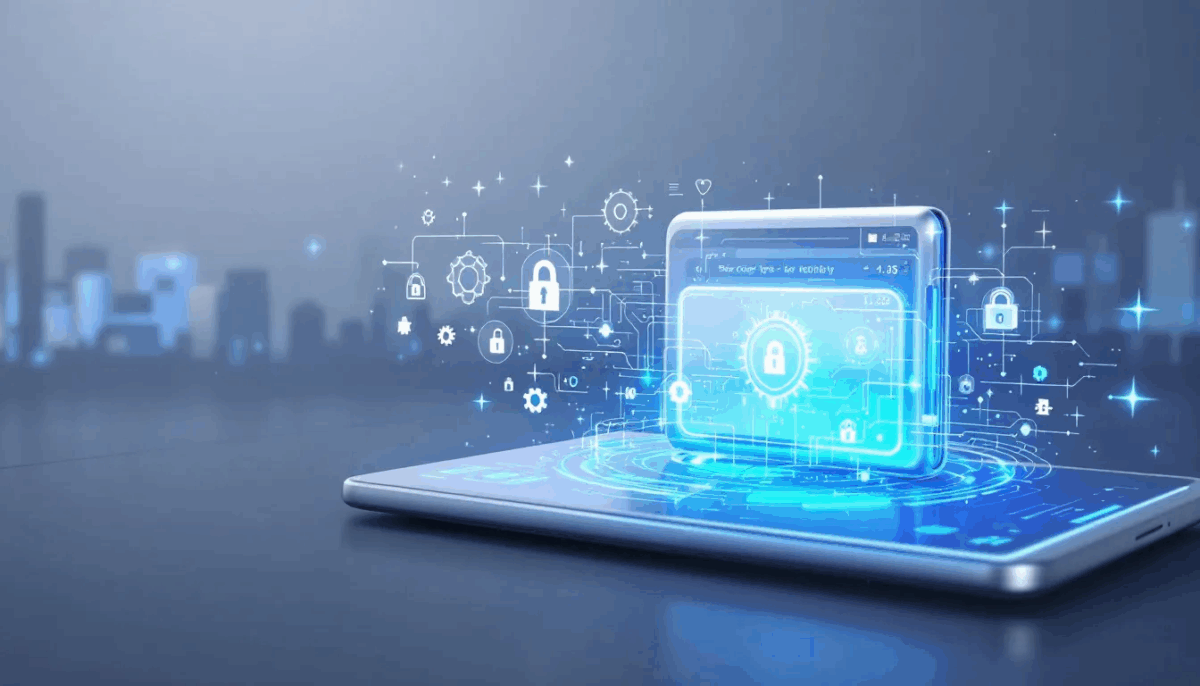Introduction to Bitcoin Mining
As the popularity of Bitcoin continues to grow, so does the interest in understanding how it works and how one can participate in the process. Bitcoin mining is an essential component of the cryptocurrency’s ecosystem. In this article, we’ll delve into the world of Bitcoin mining, covering everything from its basics to the most popular ways to mine Bitcoin today.
Understanding Bitcoin Mining
What is Bitcoin Mining?
Bitcoin mining is the process of verifying and adding new transactions to the Bitcoin blockchain. Miners compete to solve complex mathematical problems, and the first one to solve the problem gets to add the new block to the blockchain and receive a mining reward in the form of newly-created Bitcoins.
How Does Bitcoin Mining Work?
Bitcoin mining involves solving complex mathematical problems called “proof of work.” Miners use specialized hardware and software to compete with each other to find a solution to these problems. Once a solution is found, the miner broadcasts the solution to the network, and if it is accepted, the miner is rewarded with new Bitcoins and transaction fees.
The Role of Miners in the Bitcoin Network
Miners play a crucial role in maintaining the security and integrity of the Bitcoin network. By solving these mathematical problems, they validate and confirm transactions, preventing double-spending and ensuring that the network remains decentralized.
The Mining Process
Mining Hardware
There are various types of mining hardware, including ASIC (Application-Specific Integrated Circuit) miners, GPUs (Graphics Processing Units), and even CPUs (Central Processing Units). ASIC miners are the most efficient and popular choice for Bitcoin mining.
Mining Software
To mine Bitcoin, you’ll need mining software that connects your mining hardware to the Bitcoin network. This software communicates with the network, receives mining tasks, and submits completed work for rewards.
Setting Up a Bitcoin Wallet
Before you start mining, you’ll need a Bitcoin wallet to receive and store your earnings. There are various types of wallets, including hardware, software, and web-based wallets. Choose one that suits your needs and security requirements.
Joining a Mining Pool
Mining pools are groups of miners who combine their computational resources to increase their chances of finding a solution to the mathematical problems. Pool members share the mining rewards based on their individual contributions to the pool’s total hash rate.
Factors Affecting Bitcoin Mining Profitability
Mining Difficulty
Mining difficulty is a measure of how difficult it is to find a hash that meets the target criteria set by the Bitcoin network. As more miners join the network, the difficulty increases to ensure that the rate at which new blocks are added remains consistent.
Hash Rate
Hash rate refers to the number of calculations your mining hardware can perform per second. A higher hash rate increases your chances of successfully mining a block and earning rewards.
Energy Consumption
Bitcoin mining consumes a significant amount of electricity. As a miner, you must consider the cost of electricity in your calculations to determine the profitability of your mining operation.
Bitcoin Price
The price of Bitcoin directly affects mining profitability. A higher Bitcoin price can make mining more profitable, while a lower price may render mining unprofitable.
Popular Ways to Mine Bitcoin
Cloud Mining
Cloud mining involves renting mining hardware from a third-party provider. The provider takes care of the hardware, maintenance, and electricity costs, while you receive a share of the mined Bitcoins based on your rented hash power.
ASIC Mining
ASIC mining involves using specialized hardware designed specifically for mining Bitcoin. These devices are highly efficient but can be expensive to purchase and maintain.
GPU Mining
GPU mining utilizes graphics processing units to mine cryptocurrencies. While not as efficient as ASICs for Bitcoin mining, GPUs are more versatile and can be used for mining other cryptocurrencies as well.
Risks and Challenges of Bitcoin Mining
Bitcoin mining comes with various risks and challenges, including:
- High upfront costs for hardware and equipment
- Fluctuating Bitcoin prices affecting profitability
- Increasing mining difficulty
- High energy consumption and electricity costs
- Potential regulatory changes and restrictions
Conclusion
Bitcoin mining can be an exciting and potentially lucrative endeavor for those who understand the process and are willing to invest in the necessary resources. By carefully considering the various factors affecting mining profitability and choosing the right mining method, you can successfully participate in the world of Bitcoin mining.
FAQs
Can I mine Bitcoin with my personal computer?
While it’s technically possible to mine Bitcoin using a personal computer, it’s highly inefficient and unlikely to yield any significant rewards due to the increased mining difficulty and competition from specialized hardware.
Is Bitcoin mining still profitable in 2023?
Bitcoin mining profitability depends on various factors, including mining difficulty, electricity costs, and the price of Bitcoin. While it can be profitable under the right circumstances, it’s essential to carefully consider these factors before investing in mining equipment.
How long does it take to mine one Bitcoin?
For beginners, cloud mining can be an attractive option as it eliminates the need to purchase and maintain expensive mining hardware. However, it’s essential to research reputable cloud mining providers and carefully consider the potential returns before investing.
How much electricity does Bitcoin mining consume?
Bitcoin mining consumes a significant amount of electricity, and the exact amount depends on the efficiency of your mining hardware. It’s crucial to factor in electricity costs when calculating the profitability of your mining operation.








